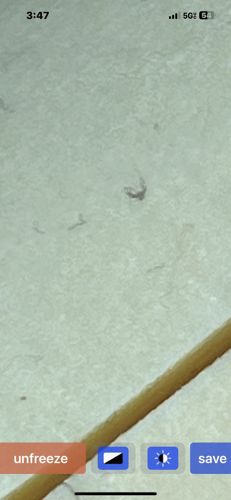Fungus Gnat
Scientific Name: Bradysia spp. or Sciaridae family members
Order & Family: Order: Diptera, Family: Sciaridae (or Mycetophilidae)
Size: 2-8 mm (adults)

Natural Habitat
Damp, rich organic matter, often found near houseplants, compost, or decaying wood. Indoors, they are commonly associated with overwatered potted plants.
Diet & Feeding
Larvae feed on fungi, decaying organic matter, and plant roots (especially fine root hairs). Adult fungus gnats do not eat much and primarily focus on reproduction; they might consume small amounts of liquid.
Behavior Patterns
Adults are weak, erratic fliers and are often seen hovering over potted plants or crawling on surfaces near them. They are attracted to light. Females lay tiny, whitish eggs in moist soil. Larvae are legless, white or translucent, with a distinctive black head capsule, and live in the soil. The life cycle from egg to adult is typically 3-4 weeks depending on temperature and moisture.
Risks & Benefits
Potential risks include damage to plant roots, especially in seedlings and young plants, as larvae can chew on root hairs, leading to wilting and stunted growth. They are generally harmless to humans, though large infestations can be a nuisance. They serve as decomposers in natural environments, helping break down organic material, but offer little benefit in an indoor household setting.
Identified on: 9/17/2025